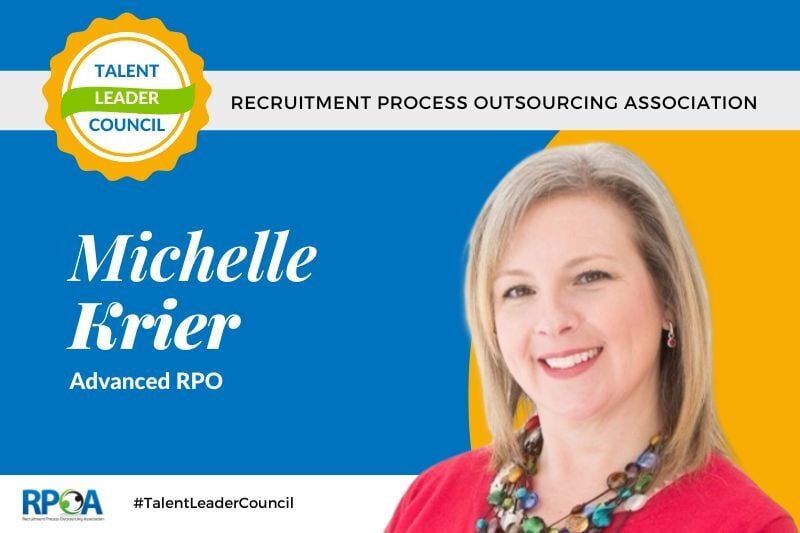
Employee turnover is expensive and it’s a real business issue. A survey in 2016 by consulting firm, Deloitte, suggested that a combination of hiring costs and lost productivity added up to $121,000 per departing employee. Figures from the second quarter of 2018 showed that employee turnover in the American software sector was running at an annual rate of 24%, with two-thirds of those workers leaving voluntarily. And the issue is not slowing down. Turnover in the U.S. was little changed at 5.6 million and total separations rate was 3.7 percent in March of this year, according to Bureau of Labor Statistics.
What can be done to reduce turnover?
Start at the beginning
One way is to reduce hiring mistakes and make better hires from the beginning. What is the primary reason bad hiring decisions get made? Jason Krumweide, Partner at TalentRISE, a Chicago-based RPO (recruitment process outsourcing) company, states the primary reason starts with the job description. Too many organizations use the same description for many years. Krumwiede suggests when evaluating a forward-thinking job description there are a couple questions to ask. One, what skills are needed for this position? Two, what are the must-haves for this position?
Pam Verhoff, President of AdvancedRPO, a Chicago-based RPO added, “it’s not only important to review the job description but look at the job profile.” She advised that choosing a candidate because they ‘wow’d’ the hiring manager, but does not fit the job profile, can end in a quick turnover.
Organizations are always in a hurry to fill positions. An open position is costing money, but rushing to make a hiring decision without doing your due diligence can end in a poor hire. For example, “Losing a single nurse can cost hospitals nearly $65,000. On average, providers spend $1,200 training each new employee — and that’s if they can find people to fill the vacancies.”
Getting it right to reduce turnover
Once the job description and job profile are in sync it is time to look at the talent acquisition team. What’s the single most important thing for the team to ‘get right’ if they want to avoid hires that don’t last?
Bill Boutwell, Chief Operating Officer at Heuman RPO, an RPO-firm based in Jacksonville, Florida, suggests to evaluate the process from a candidate perspective. Heuman hires to match organization’s values and culture. According to Boutwell, he asks “how is the [candidates] personality going to work alongside the people they will work with everyday?” By doing this he can determine a culture fit for the candidates and his clients.
Cory Kruse, President of Orion Novotus, an RPO company based in Austin, looks at a candidate’s style and whether she fits with the client’s team in order to be a productive new employee. Kruse recommends that the “Talent acquisition team to ensure alignment with the hiring manager and the candidate all the way through” the process.
There are many types of activities that can be done to ensure all involved are on the right track, beyond the assessment. For example, Orion Novotus will have the candidate teach the interviewer something. Not only does this force the candidate to prove their abilities, but shows hiring managers how they perform such a task that they would be doing frequently.
Practical advice
As organizations are evaluating hiring processes to find a quality hire (and in turn reduce turnover) here are a couple tips on reducing mis-hires.
Kruse suggests to do a little preparation prior to hiring. Plan the candidate experience your organization wants, make sure everyone is on the same page and knows their role in the process. “Have a structured process so you don’t have multiple people asking the same questions” during the interviews. The brand the organization wants needs to be the same as what they portray.
Look at the onboarding process. Make sure it is structured with a well-laid out plan for training. This process should last at least ninety days, according to Verhoff. “Hires ramp more quickly if they’re effectively enculturated into the new organization.” For example, make sure the new hire has all the technology ready and available to them on the first day. Making an employee sit around and wait for their passwords does not show appreciation to the new hire.
To learn more about reducing employee turnover by avoiding hiring mistakes, watch a panel of talent acquisition leaders, Pam Verhoff, Cory Kruse, Jason Krumweide, Bill Boutwell, and Erin McDermott Peterson, as they discuss the questions above and more!















